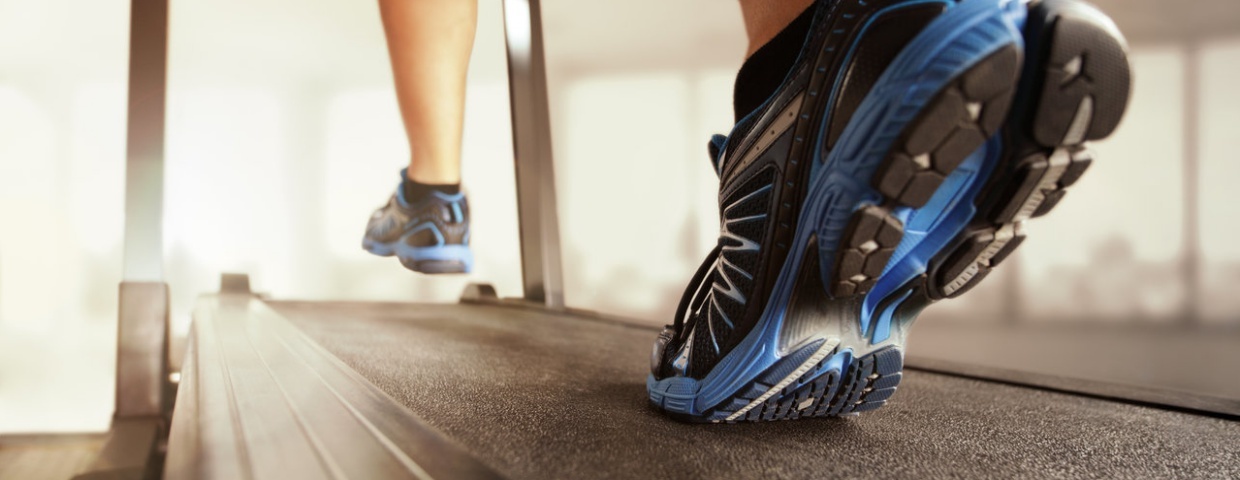Posted by Heart Hugger on Nov 7, 2024 9:00:00 AM

Exercise is not always easy and it's not always fun, but it's good for us, so we try to do it. However, exercise after cardiac surgery is an entirely different challenge and an extremely worthy challenge at that. Every movement must be carefully considered, every breath mindfully taken. What once felt like simple actions now require patience, dedication, and proper support.
But with each small step forward in cardiac rehabilitation, you can move closer to regaining their strength and independence. Here's a peek at the world of cardiac post-op exercise, where even the smallest victories represent major milestones in recovery.
Caring For Your Body Post-Op
After heart surgery, the responsibility of taking care of your body is magnified. Everything you did to stay healthy before is now even more important -- like watching what you eat, getting good sleep, and, of course, exercising. Each decision you make affects your recovery, from the foods you choose to the amount of rest you get. Your body is healing, and it needs all the support it can get.
To be fair, though, "exercise" is probably far from the first thing you want to think about after surgery; however, exercise is a crucial part of the recovery process. Your body needs movement to prevent complications, rebuild strength, and help you get back to your daily activities. What's the solution? Well, personalized post-op exercises are a good option.
Your healthcare team suggests personalized post-op exercises, and most importantly, these exercises are individualized to fit your needs and goals. This means that you can get moving, but at your own pace—and that is a big part of the recovery process. Your healthcare team knows exactly where you are in your recovery journey and can adjust your exercise plan as you progress, ensuring you're challenging yourself enough to improve but not so much that you risk setbacks.
Essential Exercises After Heart Surgery:
Let's explore some key exercises your healthcare team may recommend during your recovery. Each one serves an important purpose in helping you regain strength and mobility, and they can all be tailored to match your individual recovery pace. Here's what you need to know:
Exercise aid
Before you get started on any post-op exercises, your healthcare team will likely recommend some tips to keep you safe and comfortable while you move. Respiratory Splinting is a big part of this. With a Respiratory Splinting device like Heart Hugger, you can feel free to get moving knowing you have support and stability for your sternum. This added confidence makes a big difference in how comfortable you feel starting your exercise routine.
Breathing and coughing
At first glance, breathing and coughing don't seem like exercises, but after surgery, both of these everyday actions can seem like a lot of work. Start with a slow, deep breath, holding for about two seconds, and then exhale with a firm cough. Often, placing a pillow over your incision during this cough will limit discomfort, though many patients find a sternum support device provides even better stability and control. These exercises can be personalized to meet your needs and goals, making them strong tools for recovery. Your healthcare team might suggest different breathing patterns or adjust how often you should practice based on your progress.
Walking
Walking has amazing power; it can speed the recovery process in more ways than one. Introducing a slow, short walk into your daily schedule and gradually increasing speed and duration based on your goals can help your heart, your lungs, your circulation, and your overall health. Remember that 'success' looks different for everyone - for some patients, walking to the bathroom might be the first goal, while others might be ready for a short hallway stroll. Your healthcare team will help determine what's right for you at each stage of recovery.
Foot exercises
Your body is meant to move; when you're resting after surgery, you're not moving much, and this can be a problem. In order to minimize the risk of blood clots, it's a good idea to do some "foot exercises"--movements to get the blood pumping. Push your toes toward the footboard of your bed, relax your feet, pull your toes toward the headboard, relax both feet, and repeat. In addition, make circles with your ankles while bending one knee and then the other. These simple movements help maintain circulation while you're less mobile during early recovery. Your healthcare team might suggest doing these exercises several times throughout the day, especially during periods of extended rest.
Your Recovery Journey: One Step at a Time
Each of these exercises plays a specific role in your recovery journey. While they might seem simple, they're carefully chosen to help you regain strength and mobility while protecting your healing body. Remember to always follow your healthcare team's specific instructions about when to start these exercises and how often to do them.
The key to successful recovery is taking it one day at a time, listening to your body, and having the right support—both from your healthcare team and from tools designed to help you move more confidently. Proper support, like respiratory splinting devices, can significantly improve how comfortable you feel performing these essential exercises.
Want to learn more about making your recovery journey easier? Interested in how respiratory splinting can support your post-op exercise routine? Contact us at 800.798.2667 to discuss recovery support options that can help you move with confidence.
